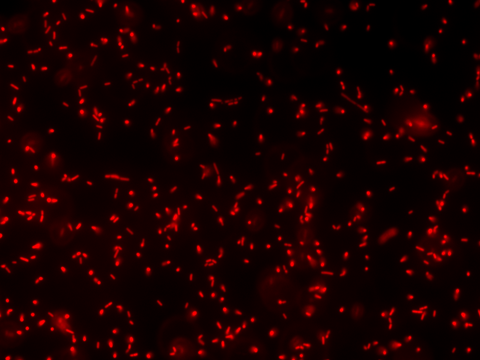Scientists in Germany have identified the bacterium Lactiplantibacillus plantarum as having potential to become a model bacterium that could eventually rival E coli.

The team, at INM-Leibniz Institute for New Materials, has identified areas of work that need to be investigated if the bacterium, which is found in many fermented food products and anaerobic plant matter, is to reach its full potential for use by synthetic biologists.
These were identified in a mini-review, ’Expanding the genetic programmability of Lactiplantibacillus plantarum’, which appeared in Microbial Biotechnology, an Applied Microbiology International publication.
Probiotic model bacterium
“One of our goals is to establish L. plantarum species as a probiotic model bacteria, equipped with a fairly extensive genetic toolbox,” explained corresponding author Shrikrishnan Sankaran, who is Head of Bioprogrammable Materials.
“The mini-review covers most of the work done in L. plantarum in terms of genetic engineering for promoting gene expression, protein secretion, plasmid retention and biocontainment, which are four crucial aspects concerning the genetic programmability of these bacteria.
“Apart from reviewing what has already been done, we have additionally suggested ways of expanding the genetic toolbox and, therefore, the programmability of L. plantarum so it can ultimately be considered a widely used model bacteria in the medical and industrial fields.”
More research needed
The researchers found that there has been extensive work in the gene expression and protein secretion areas, but the expression and secretion levels achieved cannot match those from model bacteria, meaning that further research is needed in these areas.

“On the other hand, only a few studies have addressed plasmid retention, which showed promising results but indicated that there is still room for improvement,” first author Marc Blanch-Asensio said.
“Regarding the last aspect, biocontainment, there are no studies reported so far, and we believe that it is an important aspect that should be taken into consideration in the coming years.”
Fields to explore
He said he hoped the review inspires researchers already working with these bacteria to try out some of the ideas or concepts proposed so the field can move forward.
“For example, reliable and efficient inducible systems are needed to tune the gene expression levels at will. Signal peptides capable of driving high levels of secretion are also a must,” he said.
“Alternative plasmid retention systems can be further explored and optimized. And, lastly, a safe biocontainment circuit has to be developed in order to eliminate the bacteria only when it is intended.
“If all these aspects are addressed, the gap between L. plantarum and model bacteria like E. coli will be further reduced, which will persuade the synthetic biology community to select this species as the bacteria of choice for their labs.”
’Expanding the genetic programmability of Lactiplantibacillus plantarum’, appeared in Microbial Biotechnology, an Applied Microbiology International publication.
Supporting documents
Click link to download and view these filesLp Algbead heart
Image, FileSizeText 0.66 mb
Topics
- Applied Microbiology International
- Bacteria
- biocontainment
- Community
- Economic Equality
- Food Security
- gene expression
- INM-Leibniz Institute for New Materials
- Lactiplantibacillus plantarum
- Marc Blanch-Asensio
- Microbial Biotechnology
- plasmid retention
- protein secretion
- Research News
- Shrikrishnan Sankaran
- signal peptides
- UK & Rest of Europe







No comments yet